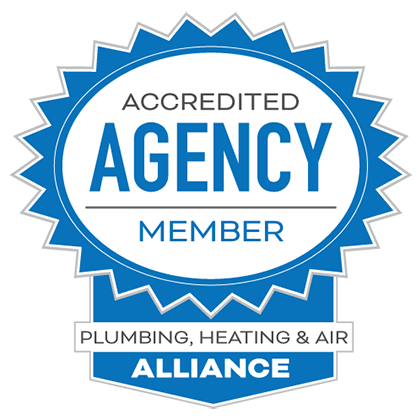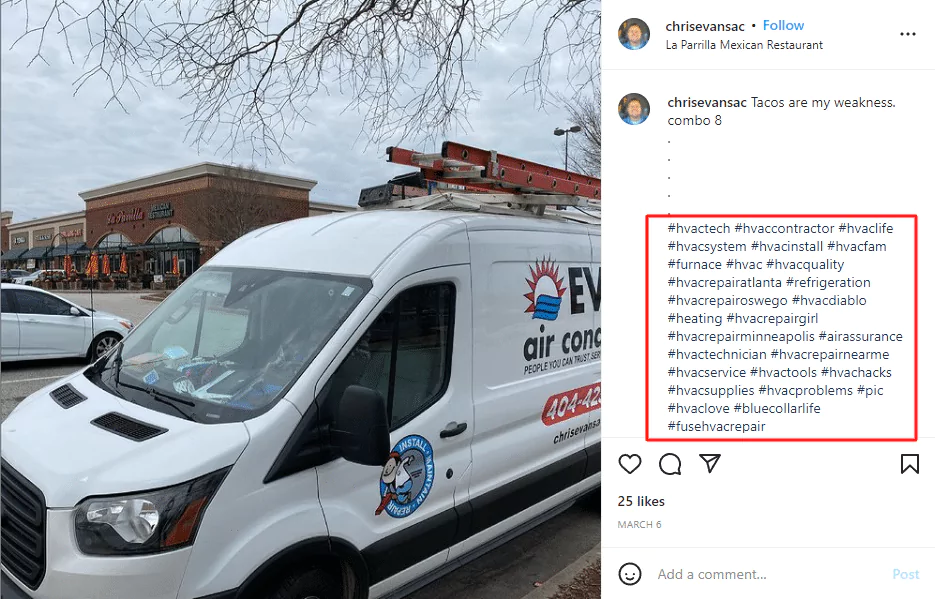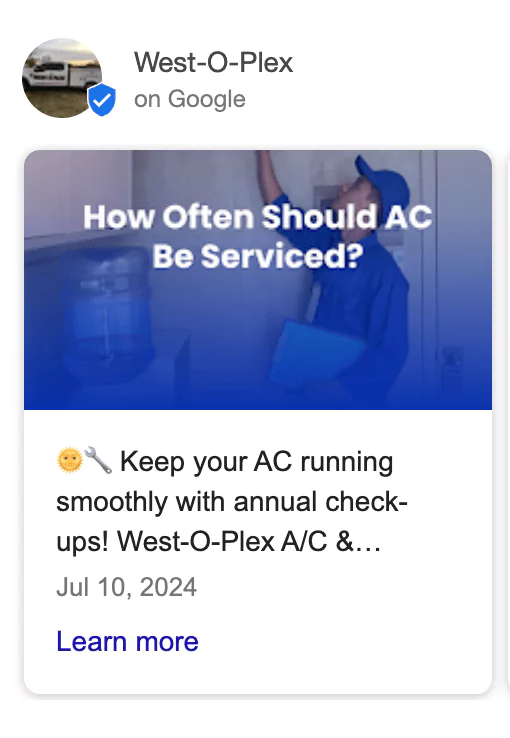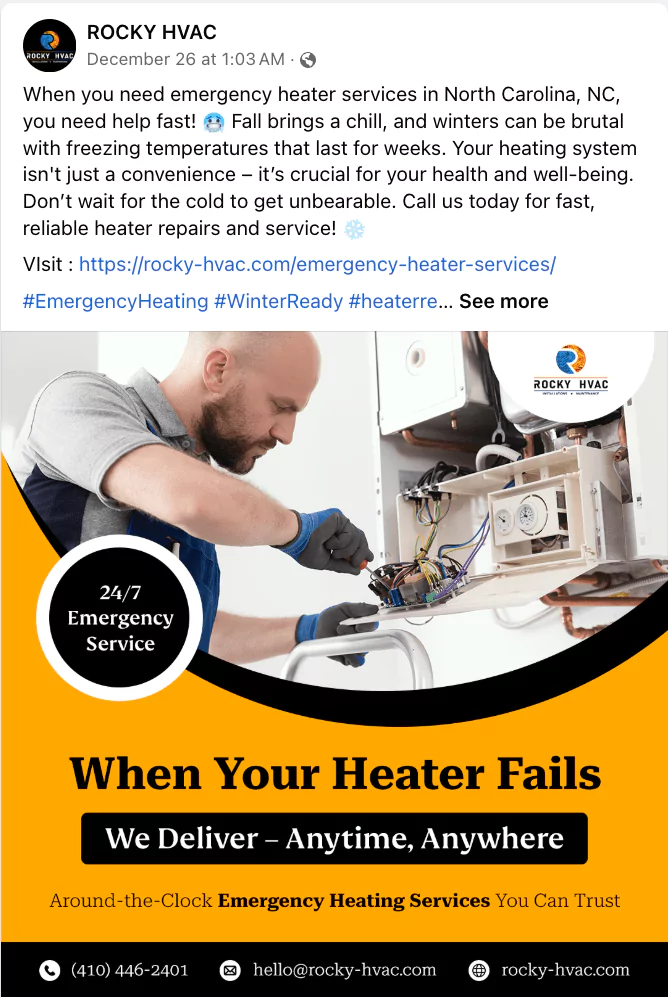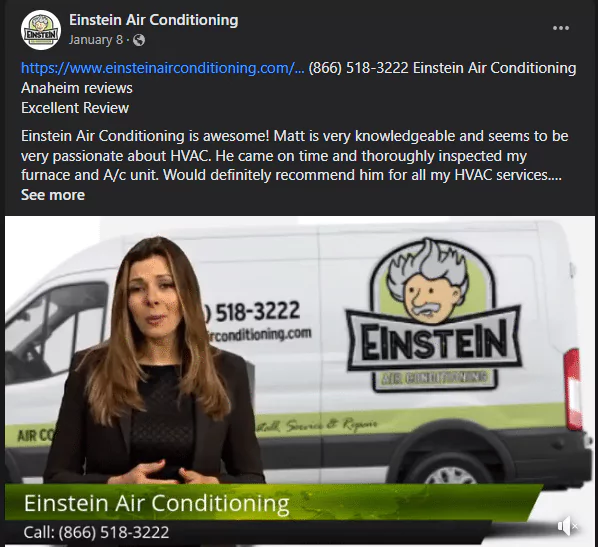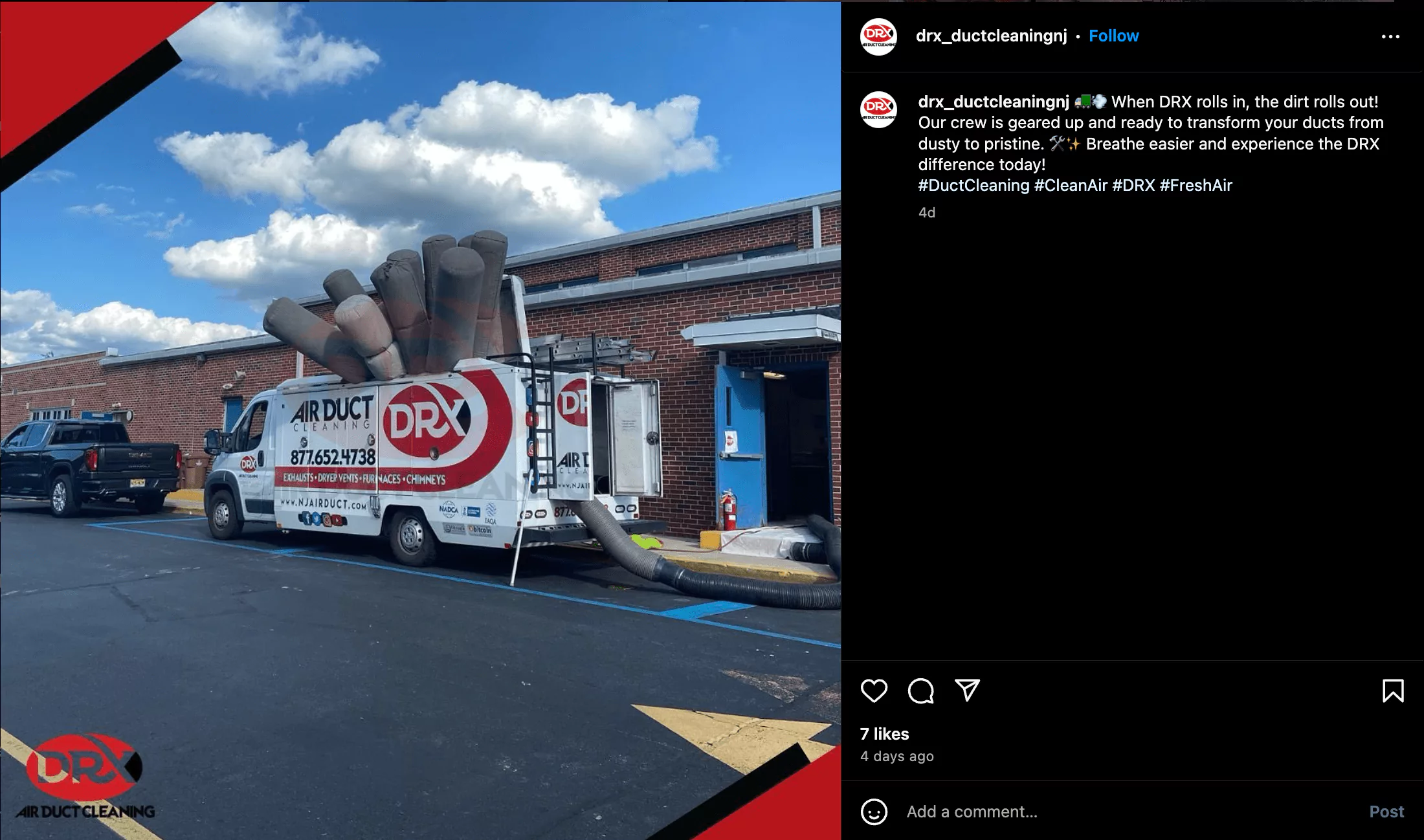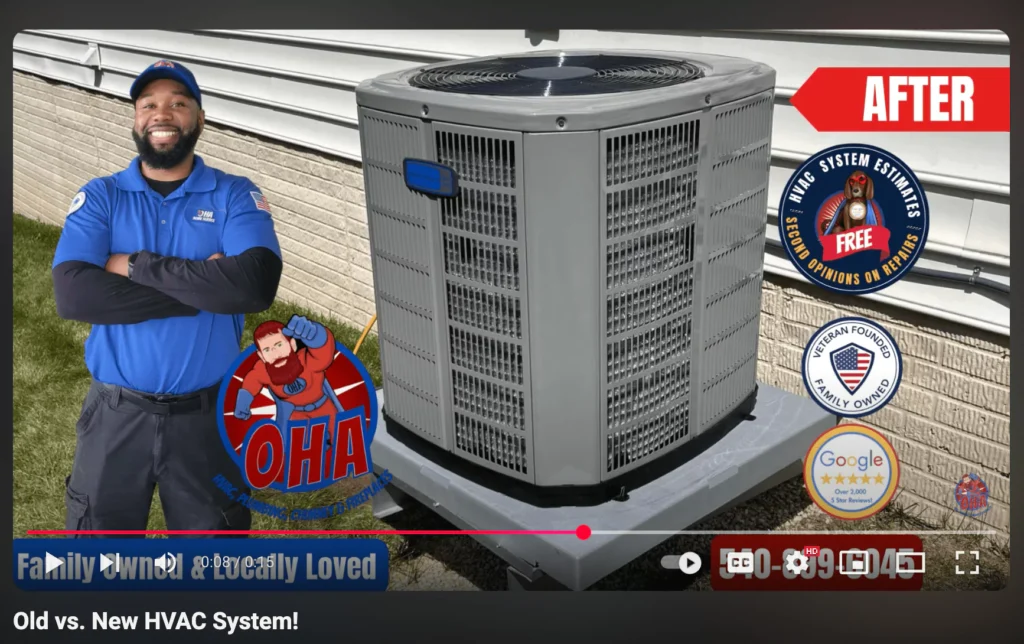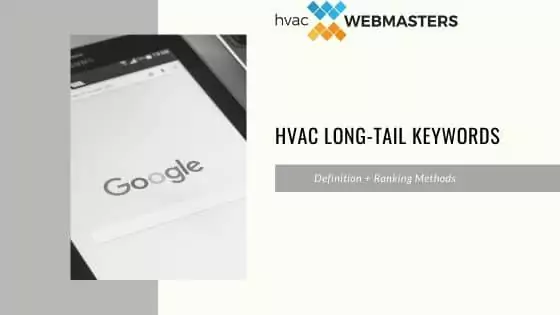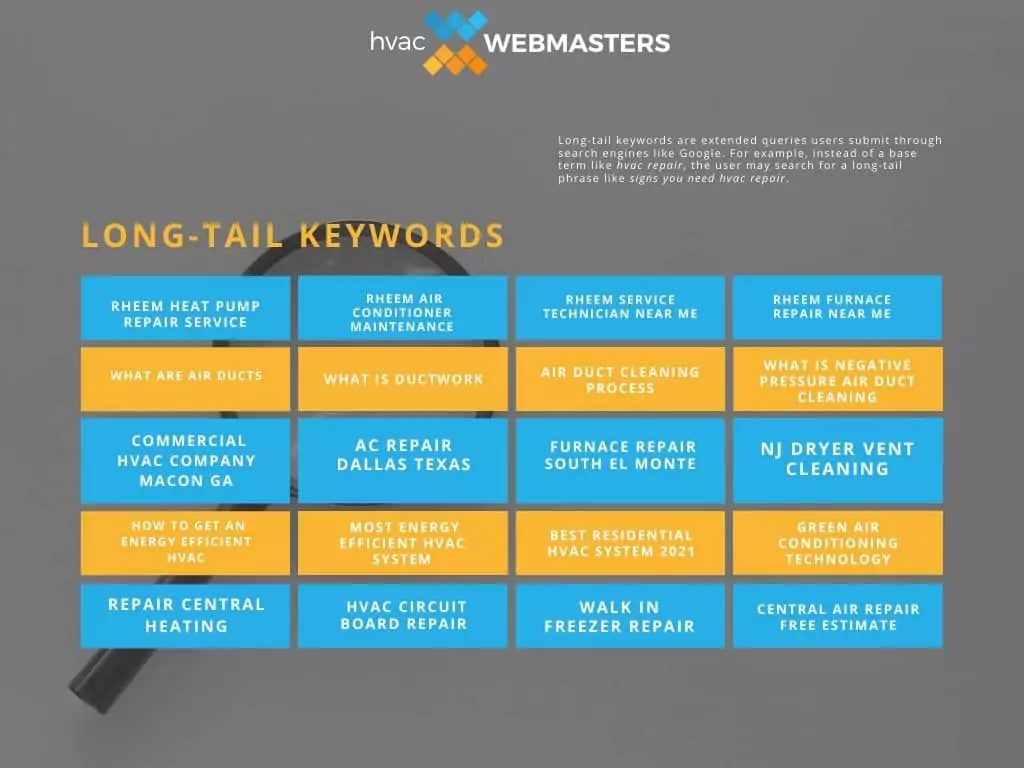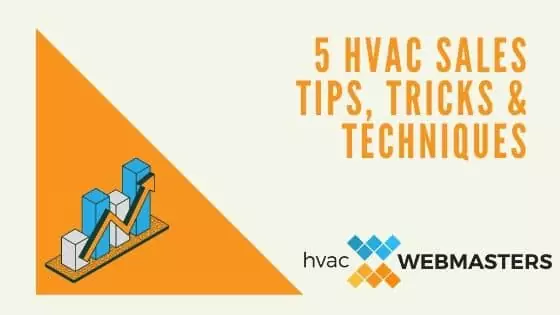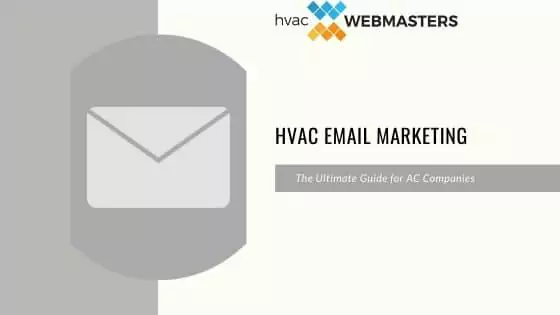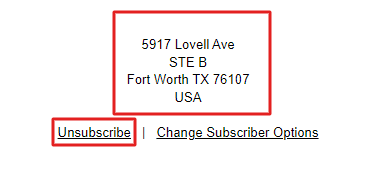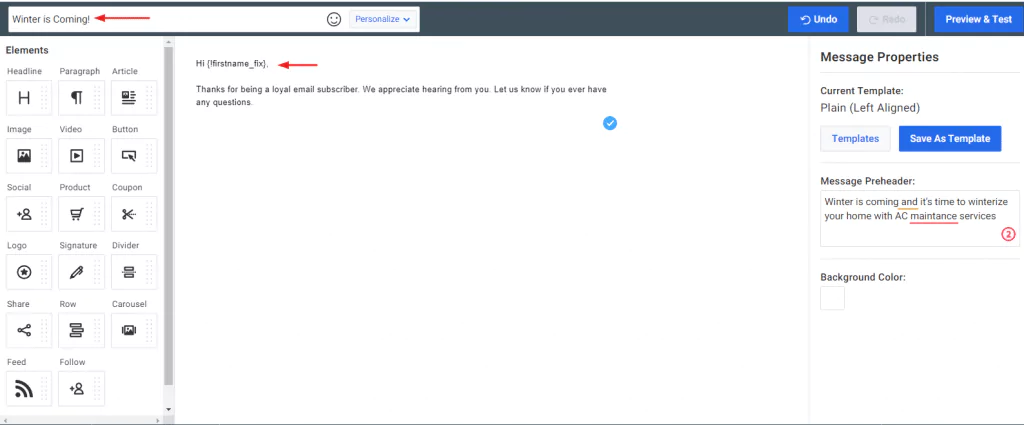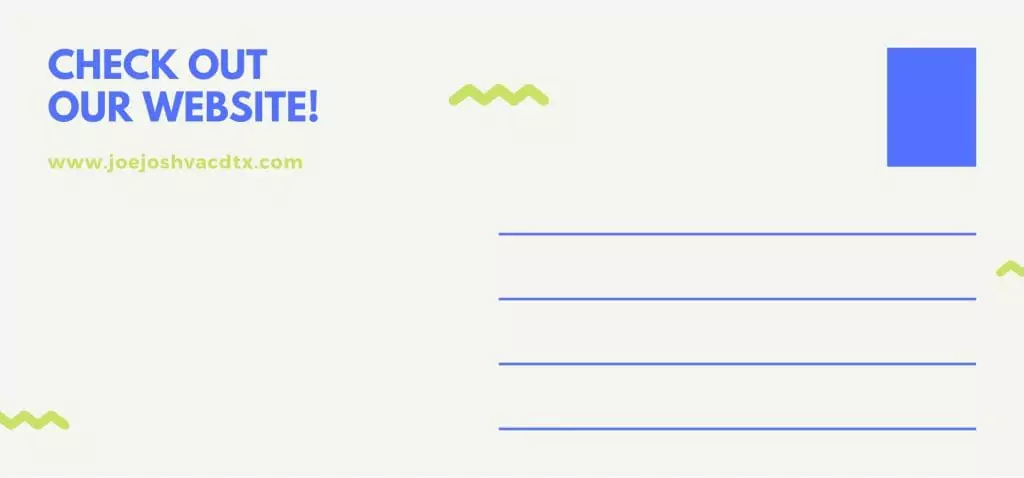If you’re looking for HVAC promotional ideas, this post is for you.
It can be hard to get the consumers’ attention, primarily if you operate in a crowded regional market.
Nevertheless, you should consider these HVAC online promotions whether or not you have exhausted other lead generation avenues.
Promoting your business is a great way to increase brand awareness and generate leads.
The best promotional tactics are subtle and prevent consumers from feeling sales pressure.
The goal is to make it seem like you’re not advertising since most modern consumers don’t trust ads.
Below, HVAC Webmasters outlines five ideas to promote your AC company.

1) Reach Out to Local Radio Stations
Did you know 92% of American adults still listen to the radio?
While the medium seems antiquated with the emergence of podcasts and digital streaming, your audience regularly tunes into their local radio stations.
One great promotional idea is to contact your local radio station and team up with them for a giveaway.
Then, of course, you would sponsor the prize, which can range from a free AC or discounts on certain HVAC services.
One of the giveaways we heard about was the radio station weather report.
A sweepstakes entrant would be drawn to receive the prize if the weatherman was off on the daily high temperature by more than 3 degrees.
Of course, the prize will depend on what you can reasonably put up without hurting your bottom line.
Still, this is a great way to promote brand awareness and get sweepstake entrants to opt-in to email lists.
2) Facebook Giveaways
Every heating and cooling company should have a Facebook Business Page to promote their company.
As the top social media platform, Facebook provides many opportunities for HVAC promotions.
The time is now to utilize that community and grow it with a promotional giveaway for established pages.
Start by creating an announcement post to the effect that you will be giving away a free service (the actual service is up to your discretion) for people who sign up with their email and phone number or who follow your page.
Only one person can win the giveaway, so when all is said and done, you will likely have a slew of leads interested enough in one of your services to enter their information in a giveaway for it.
Another great thing about this idea is that it is relatively easy to set up independently without needing a 3rd party to get involved.
3) Guest Blogging
If you have colleagues in the business, ask if you can contribute a guest post to their website.
You can drive referral traffic from their website to yours if you provide valuable content.
Guest posts also help with link building, as your website’s inbound links count as an endorsement.
But, of course, it depends on the website’s authority to which you contribute.
Remember that nefarious guest posting (doing it only for the link) violates Google guidelines.
A white-hat guest post involves a genuine relationship where one contributor provides valuable and topical content on another’s site.
For example, you can contribute a worthwhile post if you know HVAC suppliers, other contractors, or even people in similar industries.
4) Photo Contests
Photo contests help promote HVAC services and are compatible with various media platforms.
One excellent photo contest example was the Ugly Furnace Contest.
Entrants sent in a picture of their old, ugly furnace (including contact information) for a chance to win a new furnace.
You can partner with local print media outlets like local newsletters, newspapers, and even advertisers in your area. You can also launch the promotion on your own online.
You can promote the contest on your homepage if you have consistent monthly web traffic.
You can also promote your competition on your social media outlets like Facebook, Instagram, and TikTok.
Contests are a fun way to get people involved in your brand, and of course, they will identify a slew of new leads primed for furnace replacement or maintenance.
Of course, you can change the details. If AC service is more lucrative in your area, by all means, turn it into an Ugly AC Contest.
5) Facebook Quizzes
Everyone loves a good quiz now and then, especially when a prize is on the line.
So, once again, we are turning to Facebook because it is straightforward to set up and run a quiz on the platform and tap into your existing community.
There are even apps you can use to create Facebook quizzes ridiculously easily.
Of course, you will put up a prize in this scenario, but the ROI will likely be significant.
A quiz won’t cost you anything and won’t take more than a few minutes.
Plus, you have the opportunity to drive engagement and grow your social media community, which is always good for business.
Bonus Idea: Promote Your HVAC Company on Google
The most efficient form of HVAC promotion is search engine optimization. Ranking your website and Google Business Profile on organic search results creates a sustainable stream of high-quality leads.
In addition, unlike other time-sensitive promos, an organic search presence is constant.
The best way to increase rankings is to invest in Local SEO for HVAC Contractors.
Many consumers click on the Google Map 3-Pack when searching for a local AC company.
Various factors like proximity, prominence, and relevance come into the algorithm’s consideration.
HVAC Webmasters offers a tool called DataPins to help you rank locally and convert more traffic.
DataPins allow HVAC companies to drop the location of their jobs and then inject the geo-coordinates with schema markup, serving as a digital hand-raise to Google Maps.
We hope you enjoyed the list. Keep in mind that there are never enough HVAC promotional ideas.


